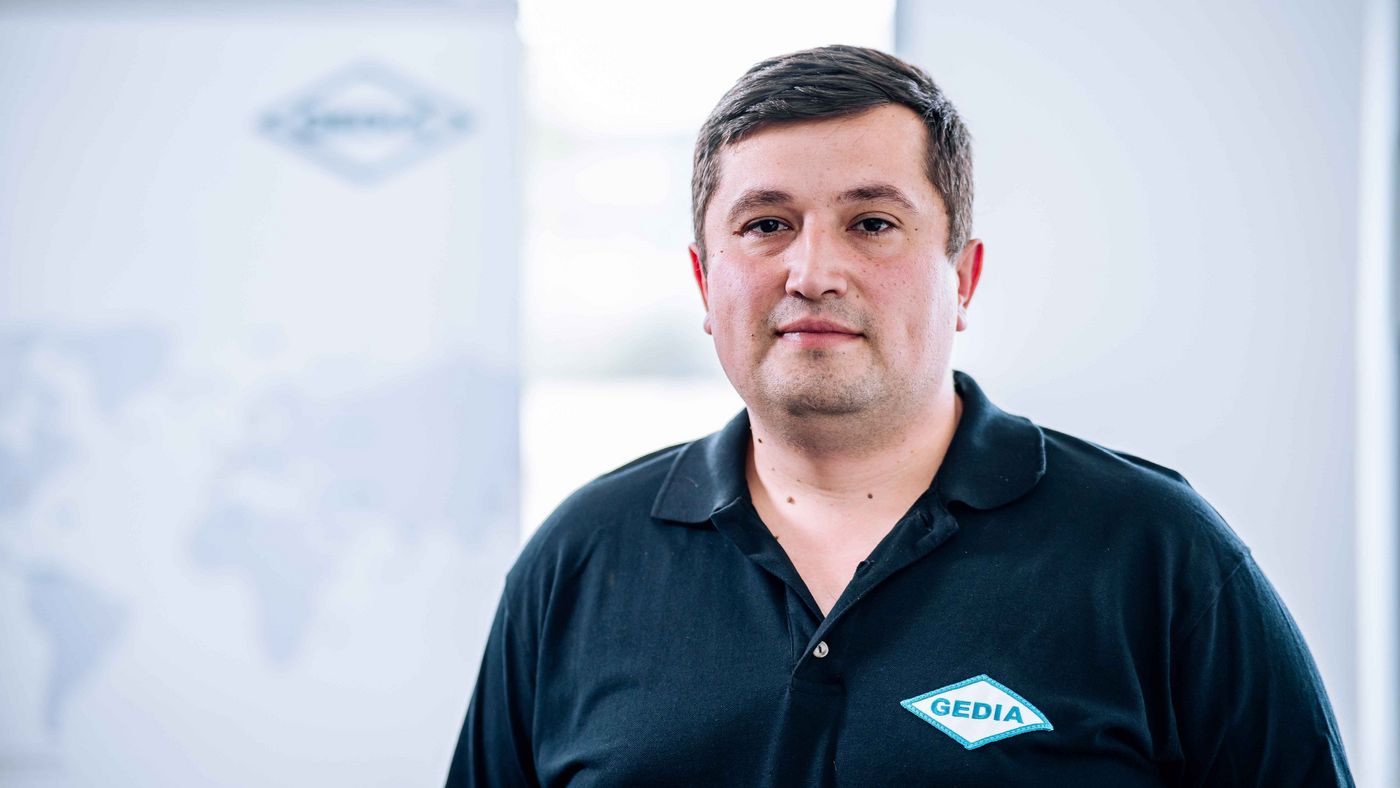Challenges
As in any highly automated series production, machine downtimes are also a red flag for GEDIA. Although the total of six TruLaser Cell 8030 units in the hot forming area are stand-alone machines, they are an essential part of the process chain. A malfunction in a laser cutting machine has an effect on production as a whole. In spite of this, GEDIA, like most other series production manufacturers, employs a "run-to-failure" strategy, where the machines run until they break down. With Condition Monitoring, the GEDIA maintenance team want to be able to prevent this in the future.
For Ibrahim Yorulmaz, just as interesting as the condition monitoring of the laser systems is information that can be transferred specifically to quality optimization or even troubleshooting in the manufacture of individual products: "With the help of our Production Data Acquisition system, we can see which component has run on which machine, but that's about it. If there is a production error, it is difficult to determine the cause and we therefore cannot initiate any optimization measures. We wanted a solution that would give us the detailed information we need to make improvements."
Ibrahim Yorulmaz was also concerned about the traceability of NC program changes: "Even minor incorrect adjustments at the starting point of a software program can have an impact on cutting quality. And with hot-formed parts, that can get expensive quickly. Finding out when and why a program was changed, and who changed it, was until now pure detective work."










